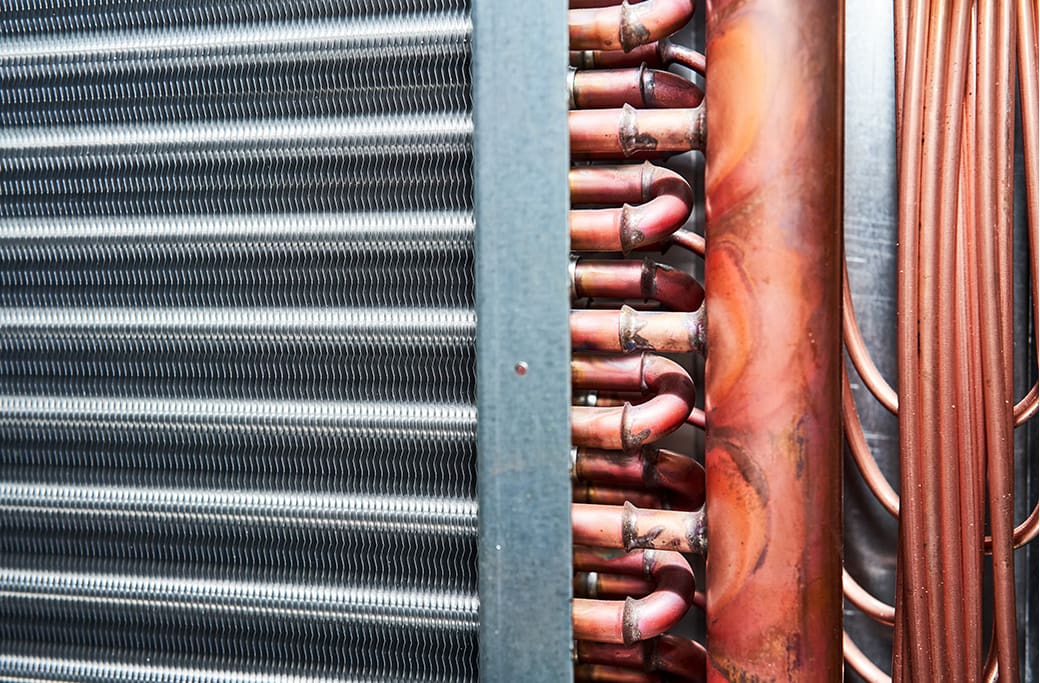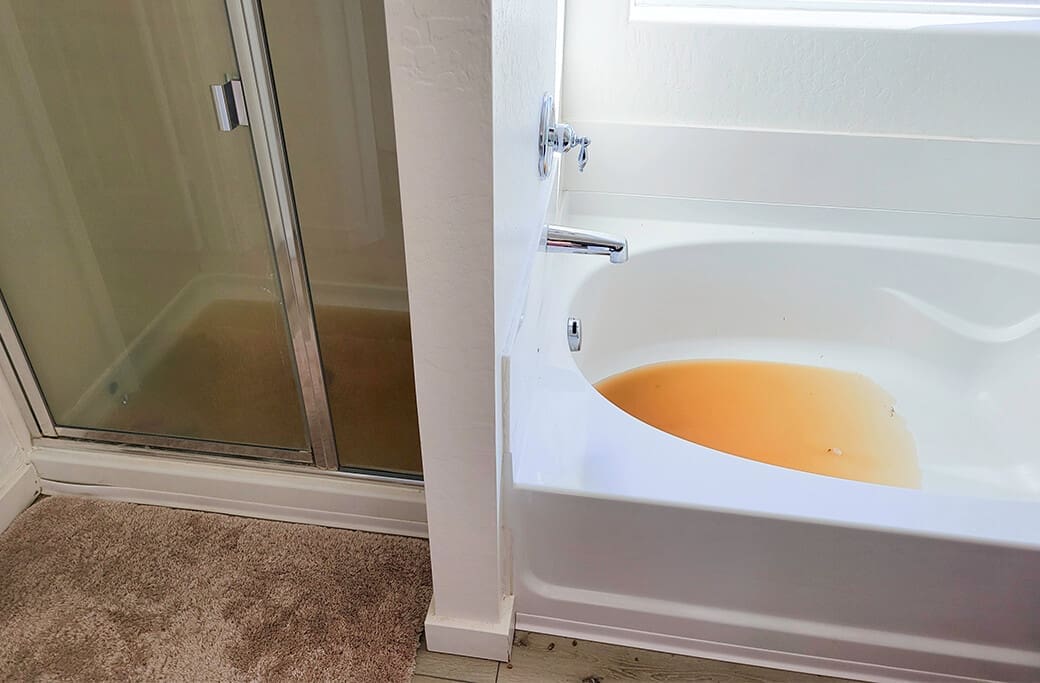
Mold in your HVAC system is not just an inconvenience; it can cause substantial damage to your home and have severe health consequences for you and your family. As a homeowner, property manager, or HVAC technician, it’s crucial to have a comprehensive understanding of how mold takes root in heating, ventilation, and air conditioning systems. By being aware of the factors that contribute to mold growth and knowing effective prevention and remediation strategies, you can safeguard your home environment and ensure the well-being of everyone who resides there. Don’t underestimate the importance of addressing mold issues promptly and effectively to maintain a healthy and safe living space.
Understanding Mold Growth in HVAC Systems
Mold, a type of fungus, thrives in environments with high moisture levels. HVAC systems that experience excessive humidity or condensation provide the ideal conditions for mold to flourish. It is not uncommon for mold to colonize various components of the system, including evaporator coils, air handlers, ducts, and even within the vents themselves. One of the most common causes of mold growth in HVAC systems is inadequate drainage of moisture, or the presence of leaks that create a perfect habitat for mold spores to multiply and spread. Taking prompt action to address these issues is crucial in preventing further mold infestation and maintaining a healthy indoor environment.
Health Risks Associated with Mold in HVAC Systems
The presence of mold in an HVAC system can lead to a number of health risks, particularly respiratory issues. Inhaling mold spores can trigger allergies, asthma attacks, and even lead to more severe health risks, potentially from toxic mold exposure. These health risks may include chronic sinusitis, bronchitis, and compromised immune system functioning. Prolonged exposure to mold can also contribute to the development of respiratory infections, such as pneumonia, especially in individuals with weakened immune systems or pre-existing respiratory conditions. Therefore, it is crucial to address mold growth in HVAC systems promptly to mitigate these potential health hazards and ensure a safe and healthy indoor environment.
Preventing Mold Growth in HVAC Systems
Mold prevention in your HVAC system is of utmost importance to ensure a healthy indoor environment. This can be achieved through regular maintenance and thorough system inspections, including checking for any potential moisture sources. Managing humidity levels within your property is equally crucial, as high humidity can create a conducive environment for mold growth. In addition to these measures, the installation of quality air filters can help capture mold spores and other airborne contaminants, promoting cleaner air circulation. Consider adding UV lights as well, which can effectively eliminate mold and bacteria, providing an extra layer of protection against potential mold growth in your HVAC system. By implementing these proactive measures, you can significantly reduce the risk of mold-related issues and maintain a clean and healthy living space.
Detecting Mold in HVAC Systems
Early detection is of utmost importance when it comes to effectively dealing with mold in HVAC systems. The signs of mold growth can manifest in various ways, such as a distinct musty smell permeating the air or the presence of visible mold around vent areas or within components of the system itself. Conducting mold tests not only confirms the presence of mold but also helps determine the extent of the problem, allowing for a more targeted and comprehensive approach to remediation.
Remediating Mold in HVAC Systems
Once mold contamination is detected, the question arises whether to opt for DIY or professional remediation. This decision should be based on several factors, including the extent of contamination, your level of experience, and the safety protocols involved. For smaller or less hazardous mold problems, DIY methods may be sufficient. However, it is crucial to approach the remediation process with thoroughness and caution. This includes using the right cleaning products and techniques to effectively eliminate the mold and prevent its recurrence.
On the other hand, for larger or more hazardous mold issues, it is highly recommended to seek professional services, such as those provided by STOP Restoration. Specialists have the knowledge, experience, and specialized equipment to handle complex mold remediation tasks safely and effectively. Remember, the key to successful mold remediation is to assess the situation carefully, consider the risks and limitations of DIY methods, and prioritize the safety and well-being of yourself and others.
Dealing with Mold in HVAC Systems: Prevention and Remediation
The importance of proactive mold prevention and timely remediation cannot be overstated. Regular inspections, diligent maintenance, and swift action when mold is detected are critical in maintaining a healthy indoor environment. Proper care of your HVAC system is not just a maintenance concern; it’s a health priority. For those looking to delve deeper into combating the challenge of mold in HVAC systems, remember: Prompt action could save you not just in repair costs but also in safeguarding your health. Keep an eye out for related concerns, and don’t hesitate to reach out to professionals like STOP Restoration when in doubt. By staying informed and vigilant, you can ensure a clean and healthy environment for all occupants within your property.




